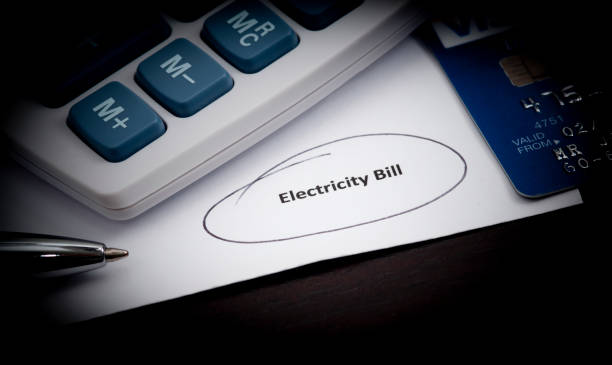A Simple Guide for UK Businesses
If you’re running a business, one of the easiest ways to manage energy payments is by setting up Direct Debit billing with your supplier. But what exactly does that mean—and is it right for your business?
At Scalex Technology, we help businesses across the UK take control of their energy costs. In this post, we explain what Direct Debit energy bills are, how they work, and the pros and cons you should know before choosing this payment option.

What Is a Direct Debit Energy Bill?
A Direct Debit energy bill is when your energy supplier automatically collects payments from your business bank account on an agreed date each month or quarter. This can be based on:
- A fixed amount (based on estimated usage)
- A variable amount (based on actual usage)
Once set up, payments are taken automatically, and you receive bills or statements for your records.
Types of Direct Debit for Business Energy
There are two main types of Direct Debit used for commercial energy bills:
1. Fixed Direct Debit
You pay the same amount each month, regardless of actual usage.
- Ideal for predictable budgeting
- Settled via an annual review to adjust for over- or underpayments
- May result in a credit or debit at the end of the year
2. Variable Direct Debit
You pay different amounts each month, based on your actual meter readings.
- More accurate to real-time consumption
- Bills may vary significantly during busy or seasonal periods
Benefits of Paying Energy Bills by Direct Debit
✅ Convenience: No need to manually pay bills—reduces admin time.
✅ Cost Savings: Some suppliers offer discounts for paying by Direct Debit.
✅ Avoid Missed Payments: Helps maintain good credit with your supplier.
✅ Improved Cash Flow Planning: With fixed DD, you know your monthly outgoings in advance.
Are There Any Drawbacks?
⚠️ Overpaying Risk: With fixed DD, you could overpay if your usage drops and not realise it for months.
⚠️ Underestimating Usage: You may build up debt if fixed payments are too low.
⚠️ Billing Inaccuracy: If your supplier uses estimates, your payment might not match real usage.
⚠️ Less Flexibility: Payments are automatically deducted, which could be problematic during tight cash flow periods.
How to Set Up Direct Debit for Your Business Energy Account
- Contact your energy supplier or set it up via their online portal.
- Provide your bank account details (must be a business account).
- Choose your preferred payment frequency (monthly or quarterly).
- Keep track of meter readings to ensure payments stay accurate.
Always read the Direct Debit Guarantee for your rights, including the right to cancel or dispute a payment.

How Scalex Technology Supports You
At Scalex Technology, we don’t just find the best tariffs—we help you understand the best way to pay. Our services include:
- Comparing tariffs with or without Direct Debit
- Helping you monitor overpayments or underbilling
- Advising on smart meter installation for accurate billing
- Reviewing annual statements for discrepancies
We make sure your Direct Debit setup works for your business—not against it.
🔍 Want to Optimise Your Business Energy Payments?
Contact Scalex Technology today for a free energy bill review. We’ll help you choose the right tariff, payment method, and supplier to suit your business needs.
